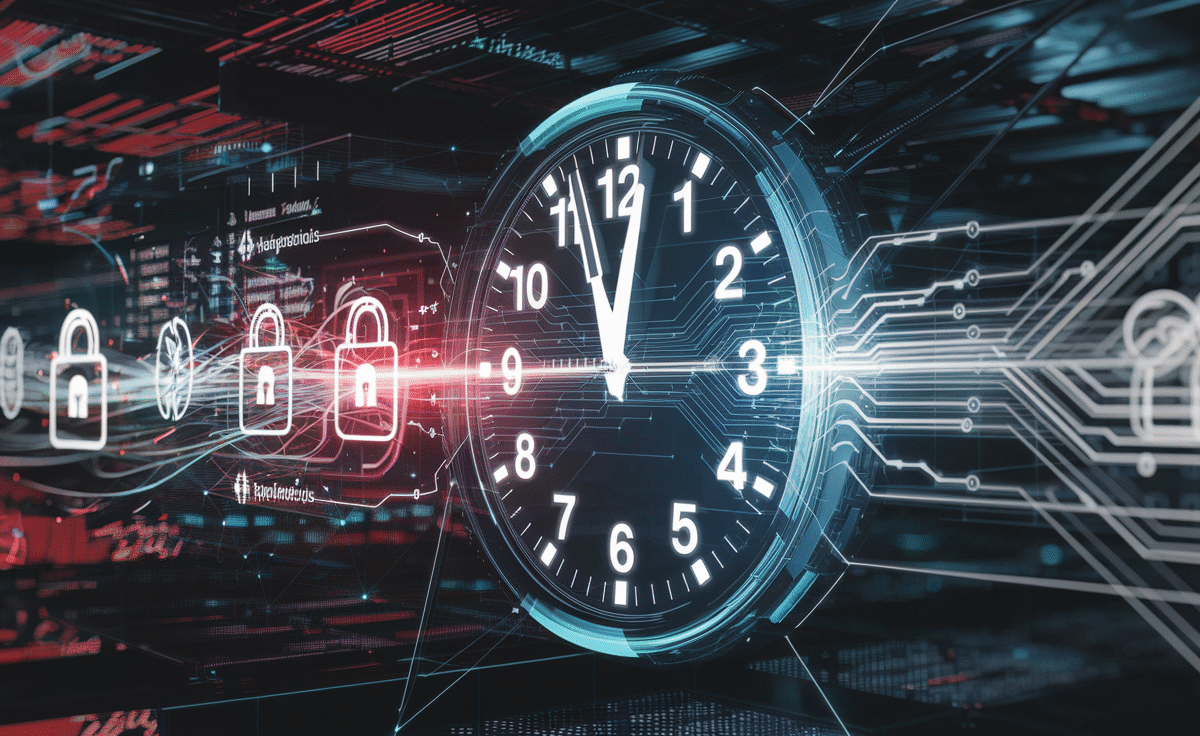Are you looking for smarter insights delivered straight to your inbox? Subscribe to our weekly newsletters for the latest updates that matter to leaders in enterprise AI, data, and security.
The Shift in Cybersecurity Spending
According to Forrester’s 2026 Budget Planning Guide, the landscape of cybersecurity spending is undergoing a significant transformation. As volatility becomes the norm, security and risk leaders require practical guidance to manage both existing expenditures and new budgetary needs. Notably, software now accounts for 40% of cybersecurity budgets, surpassing hardware, which stands at 15.8%, outsourcing at 15%, and personnel costs at 29%. This shift is critical as organizations face the challenge of defending against generative AI attacks that can execute in milliseconds, contrasted with a Mean Time to Identify (MTTI) of 181 days, as reported in IBM’s latest Cost of a Data Breach Report.
Three converging threats are fundamentally altering the cybersecurity landscape. Generative AI empowers attackers to send out 10,000 personalized phishing emails per minute, utilizing scraped LinkedIn profiles and corporate communications. Additionally, the impending NIST 2030 quantum deadline poses a risk of retroactively decrypting $425 billion in currently protected data. Furthermore, deepfake fraud has surged by 3,000% in 2024, successfully bypassing biometric authentication in 97% of cases, compelling security leaders to rethink their defensive strategies.
The Limits of AI Scaling
Power constraints, rising token costs, and inference delays are reshaping enterprise AI. Join our exclusive salon to explore how leading teams are:
– Transforming energy into a strategic advantage
– Designing efficient inference for tangible throughput gains
– Unlocking competitive ROI with sustainable AI systems
Secure your spot to stay ahead: https://bit.ly/4mwGngO
The Cost of Complexity in Security Operations
Enterprise security teams utilizing 75 or more tools are losing an estimated $18 million annually due to integration issues and overhead costs. The average detection time lingers at 277 days, while attacks can occur in mere milliseconds. Gartner predicts that interactive application security testing (IAST) tools will lose 80% of their market share by 2026. Although Security Service Edge (SSE) platforms were intended to simplify security operations, they often contribute to the very complexity they aimed to alleviate. Standalone risk-rating products are inundating security operations centers with alerts that lack actionable context, forcing analysts to spend 67% of their time dealing with false positives, according to IDC’s Security Operations Study.
The operational statistics are alarming. Analysts require 90 seconds to assess each alert, yet they receive 11,000 alerts daily. Each additional security tool deployed can diminish visibility by 12% and increase attacker dwell time by 23 days, as noted in Mandiant’s 2024 M-Trends Report. Complexity has become the enterprise’s most significant cybersecurity vulnerability.
The Path Forward
Platform vendors have long been marketing consolidation, taking advantage of the chaos and complexity caused by the proliferation of applications and tools. As George Kurtz, CEO of CrowdStrike, articulated in a recent VentureBeat interview, “The difference between a platform and platformization is execution. You need to deliver immediate value while building toward a unified vision that eliminates complexity.”
CrowdStrike’s Charlotte AI automates alert triage, saving Security Operations Center (SOC) teams over 40 hours each week by classifying millions of detections with 98% accuracy—equivalent to the output of five experienced analysts, thanks to Falcon Complete’s expert-labeled incident corpus. Elia Zaitsev, CTO at CrowdStrike, emphasized the importance of their Falcon Complete team in achieving this accuracy. “We recognized that adversaries are increasingly leveraging AI to accelerate attacks. With Charlotte AI, we’re giving defenders an equal footing, enhancing their efficiency and ensuring they can keep pace with attackers in real time.”
Companies like CrowdStrike, Microsoft with Defender XDR and MDVM/Intune, Palo Alto Networks, Netskope, Tanium, and Mondoo are now bundling XDR, SIEM, and auto-remediation capabilities, transforming SOCs from reactive forensics sessions to real-time threat neutralization. Forrester’s guide indicates that 55% of global security technology decision-makers anticipate significant budget increases in the coming year, with 15% expecting jumps exceeding 10% and 40% forecasting increases between 5% and 10%.


